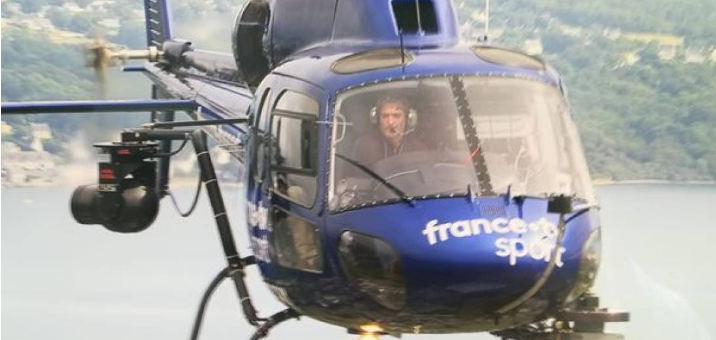
Tour de France Uses Sustainable Aviation Fuel in Helicopters
France – The Tour de France is one of the biggest events in cycling. It runs from July 1 to July 23, 2023, and covers roughly 2,115 miles, which are broken down into 21 stages with two rest days. This year, the Tour de France is also a big deal in the aviation community.
This is because the HBG-owned Airbus H125 helicopters patrolling the routes are being powered with Sustainable Aviation Fuel (SAF). Sustainable Aviation Fuel is a type of biofuel manufactured from biomass. This biomass can come from agricultural residues, algae, corn, dedicated energy crops, forestry residues, manure, solid waste from municipal sources, wastewater, wood mill waste and oil seeds, like carinata seeds, rapeseeds, and camelina seeds.
It is estimated that a transition from conventional jet fuel to SAF would result in a 65 percent reduction in greenhouse gas emissions (GHG), according to the International Air Transport Association (IATA), which is critical for achieving the agency’s 2050 Fly Net Zero resolution. The Fly Net Zero resolution was enacted during the 77th IATA General Meeting, which took place on October 4, 2021. It calls for net-zero carbon emissions for the global air transport industry by the year 2050.
This initiative is purported by many to be vitally important for the health of the planet because the aviation industry produces 2.4 percent of the world’s total carbon dioxide (CO2) emissions, and it is estimated to be responsible for 3.5 percent of the anthropogenic climate change or global warming. In fact, up to 70 percent of the exhaust produced by aircraft is comprised of CO2. For every kilogram of fuel burned by a jet, 3.16 kilograms of CO2 are produced.
The good news is that the CO2 levels in Earth’s atmosphere can be reduced. Thirty percent of the CO2 emitted is naturally removed from the atmosphere over thirty years. After a few hundred years, 50 percent of the CO2 is removed from the atmosphere. The remaining 20 percent takes thousands of years to be dissipated from the atmosphere. This means that if we reduce our CO2 emissions, we could see significant improvements in as little as 30 years.
With the Tour de France Helicopters using SAF, it brings SAF to the forefront of people’s minds. HBG typically flies between seven and nine helicopters for the Tour de France. Those helicopters are being used by ASO and Euromedia, who is responsible for filming the race and providing the images that everyone sees on their televisions. ASO uses the helicopters to move VIPS and organizers. For this race, the ASO is using 50 percent SAF, and Euromedia is using 30 percent SAF. This is made possible because the 2023 race has several airports where the pilots can refuel with SAF.
Carbon emissions reduction is important for the Tour de France because in 2021, the event was responsible for an estimated 216,388 tons of CO2. However, since 2013, the Tour de France’s emissions have reportedly fallen by 40 percent. The organizers of the race hope to be down 50 percent by 2025. Since the Tour de France only performs CO2 emissions testing every two years, the next set of data will be from this year’s race.